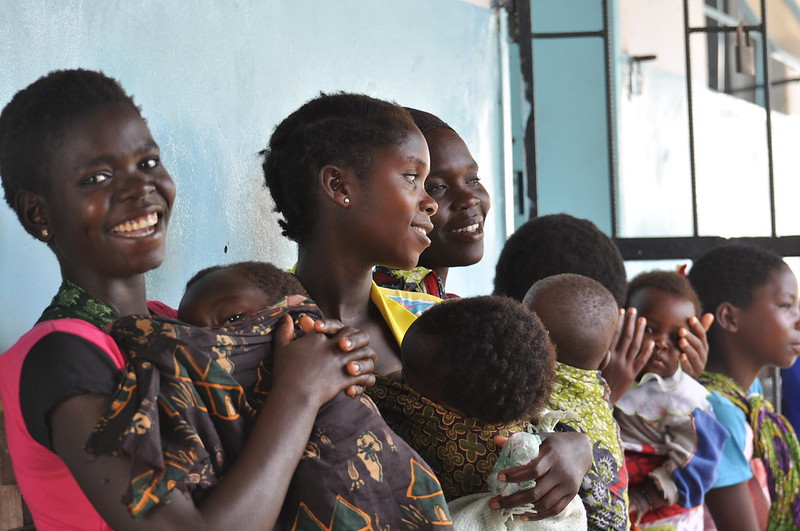 In Zambia, about two in every five girls are forced into marriage. Currently, the country is renewing its efforts to eradicate child marriage. In 2017, the President of Zambia along with presidents from Uganda and Malawi held an event where they declared they would prioritize ending child marriages by 2030. The President of Zambia stated, “Girls who marry young are often denied their rights. Ending child marriage by 2030 will require a range of actions, including making sure girls have access to quality education, legal reforms and changing traditional harmful practices.”
In Zambia, about two in every five girls are forced into marriage. Currently, the country is renewing its efforts to eradicate child marriage. In 2017, the President of Zambia along with presidents from Uganda and Malawi held an event where they declared they would prioritize ending child marriages by 2030. The President of Zambia stated, “Girls who marry young are often denied their rights. Ending child marriage by 2030 will require a range of actions, including making sure girls have access to quality education, legal reforms and changing traditional harmful practices.”
Already, rates of child marriage in Zambia have drastically decreased. Zambia’s Demographic and Health Surveys in 2002 found that the child marriage rate was 42%. In 2014, however, the child marriage rate had dropped down to 31%. Despite these numbers, Zambia still has a lot of work to do to save these young girls.
Common Reasons for Child Marriage
There are many factors contributing to child marriage. Here are three of the more common reasons for child marriage in Zambia.
- Poverty: Some families see child marriage as a way to reduce the financial burden of having young girls. Often, families in poverty will marry off their young daughter(s) to receive a payment of dowry. This dowry gives them great financial relief. In addition, they are saving money because they no longer have to provide for their daughter(s).
- Vulnerability: While all children are susceptible to being vulnerable to child marriage, orphans and stepchildren are even more vulnerable, specifically once they hit puberty. Some families feel that their job of taking care of them is done at that time, so they marry them off young. Stepchildren and orphans are also more widely mistreated than biological children. They may feel getting married is an escape from an otherwise unbearable situation.
- Protecting a Girl’s Sexuality: Parents may believe that if they marry their girls off young, they can protect them from engaging in “inappropriate behaviors,” like having multiple sexual partners. This way the girl only has sexual intercourse with her husband, and her family’s honor remains preserved. Some also consider child marriage as a protection for the girl against HIV or unwanted pregnancy.
The After-Effects
- Increases Poverty: Child brides tend to drop out of school. As a result, any opportunities they may have had at getting a good job and helping their families out of poverty disappear.
- Health Risks: Child brides are more likely to suffer from depression or PTSD due to abuse from their spouses or the fast-paced way they are forced to grow up. Also, child marriage in Zambia is often correlated with pregnancy, which can lead to higher death rates for the mother or child because the mother is not developmentally mature enough to carry a baby.
- Risk of Violence: Child brides are more likely to deal with domestic violence including physical, sexual and emotional abuse.
The Good News
Despite these practices still occurring, the citizens and government of Zambia have begun taking steps to eradicate child marriages by 2030. Plan International is a humanitarian organization that works to advance children’s equality and rights. The organization’s Regional Director for both Eastern and Southern Africa, Roland Angerer, says change begins with education. He states, “It is essential that we promote education and encourage dialogue if we want to change social norms . . . Governments must ensure schools are accessible, inclusive and safe […] to enable more girls to attend and stay on in school.” This education helps not only young girls but also their families.
Senior Headman, Davison Shafuluma, in the Mumbwa district, holds meetings where he teaches parents and other family members that child marriage hurts more than it helps. He shares with them the effects a young girl can suffer through by marrying and carrying a child at too young an age. He also explains that they, as a family, can say ‘no’ to anyone who propositions marriage.
Beyond education, the UNFPA-UNICEF Global Programme on Ending Child Marriage helped establish 550 Safe Spaces in Zambia. In these Safe Spaces, young girls learn that they are equal to their male counterparts. The young girls learn that school, homework and their futures should be their focus and priority.
International Work to Eradicate Child Marriage
Aside from better education, “Zambia also co-sponsored, along with Canada, the first U.N. General Assembly (UNGA) resolution on child, early and forced marriage in 2013.” In 2014, eight Ministers from Zambia also committed to addressing child marriage and continuing the conversation. The country has also legislated a minimum age requirement for marriage beginning at the age of 18.
Although many more improvements are still necessary, Zambia is making much progress to diminish child marriage. The conversations in Zambia and across the world are finally giving these young, vulnerable girls a voice.
– Stacey Krzych
Photo: Flickr
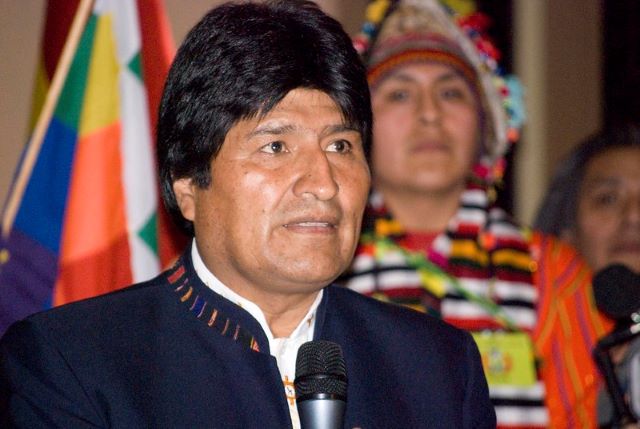 The year 2006 marked the beginning of a new era for Bolivia. For decades before, Bolivia had been run by presidents that continuously marginalized the indigenous population and favored wealthy foreign corporations, making Bolivia one of the poorest countries in South America. By 2002, the percentage of Bolivians that were living in
The year 2006 marked the beginning of a new era for Bolivia. For decades before, Bolivia had been run by presidents that continuously marginalized the indigenous population and favored wealthy foreign corporations, making Bolivia one of the poorest countries in South America. By 2002, the percentage of Bolivians that were living in 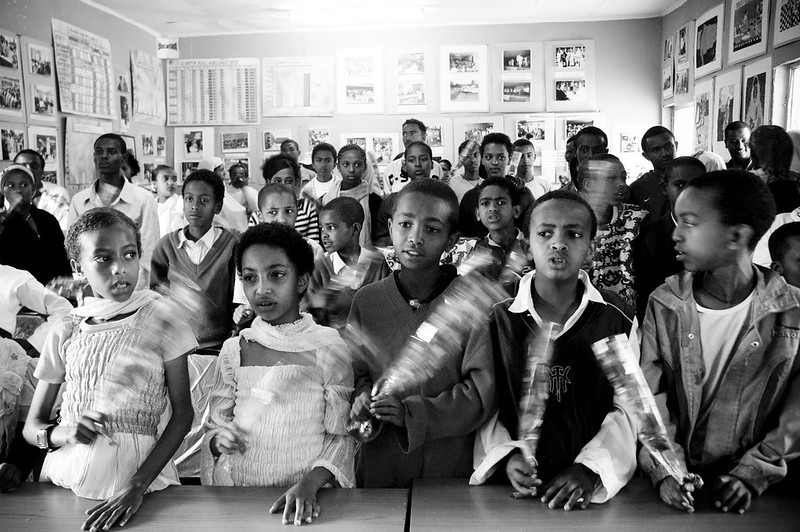
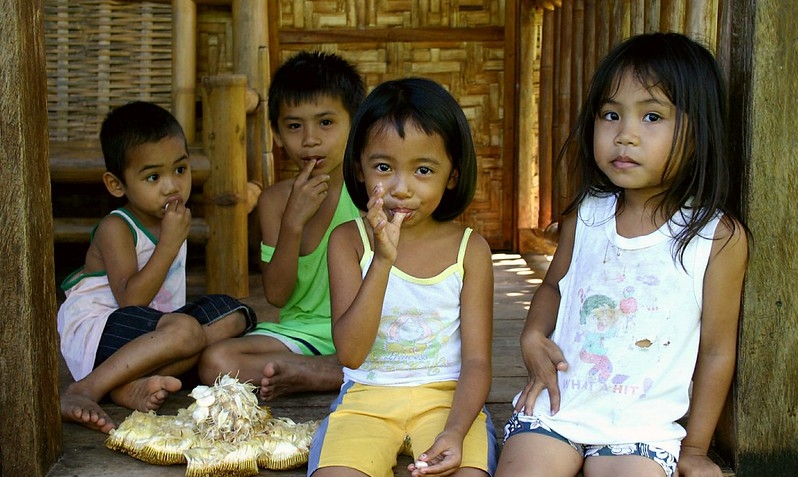
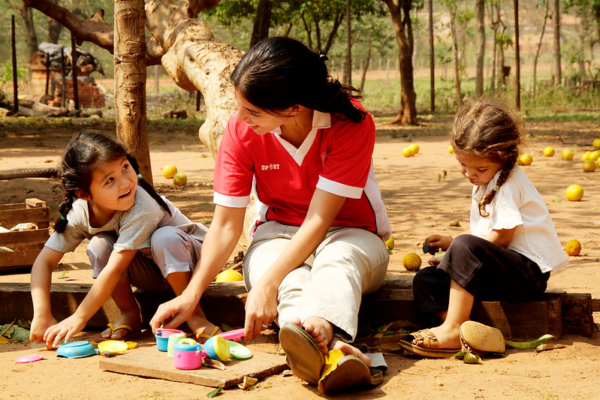
 The Social and Economic Council (SEC) recommended a new approach to the government in the
The Social and Economic Council (SEC) recommended a new approach to the government in the 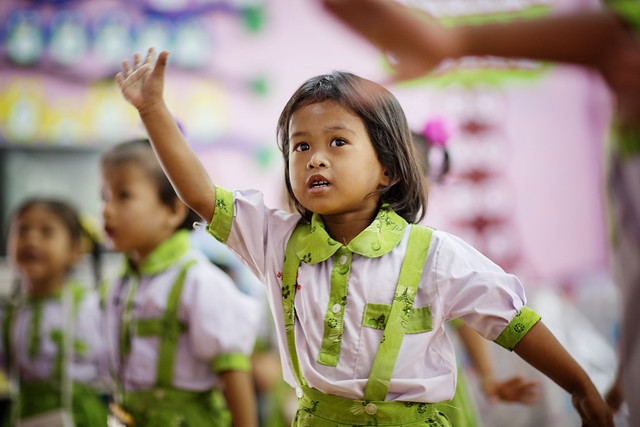

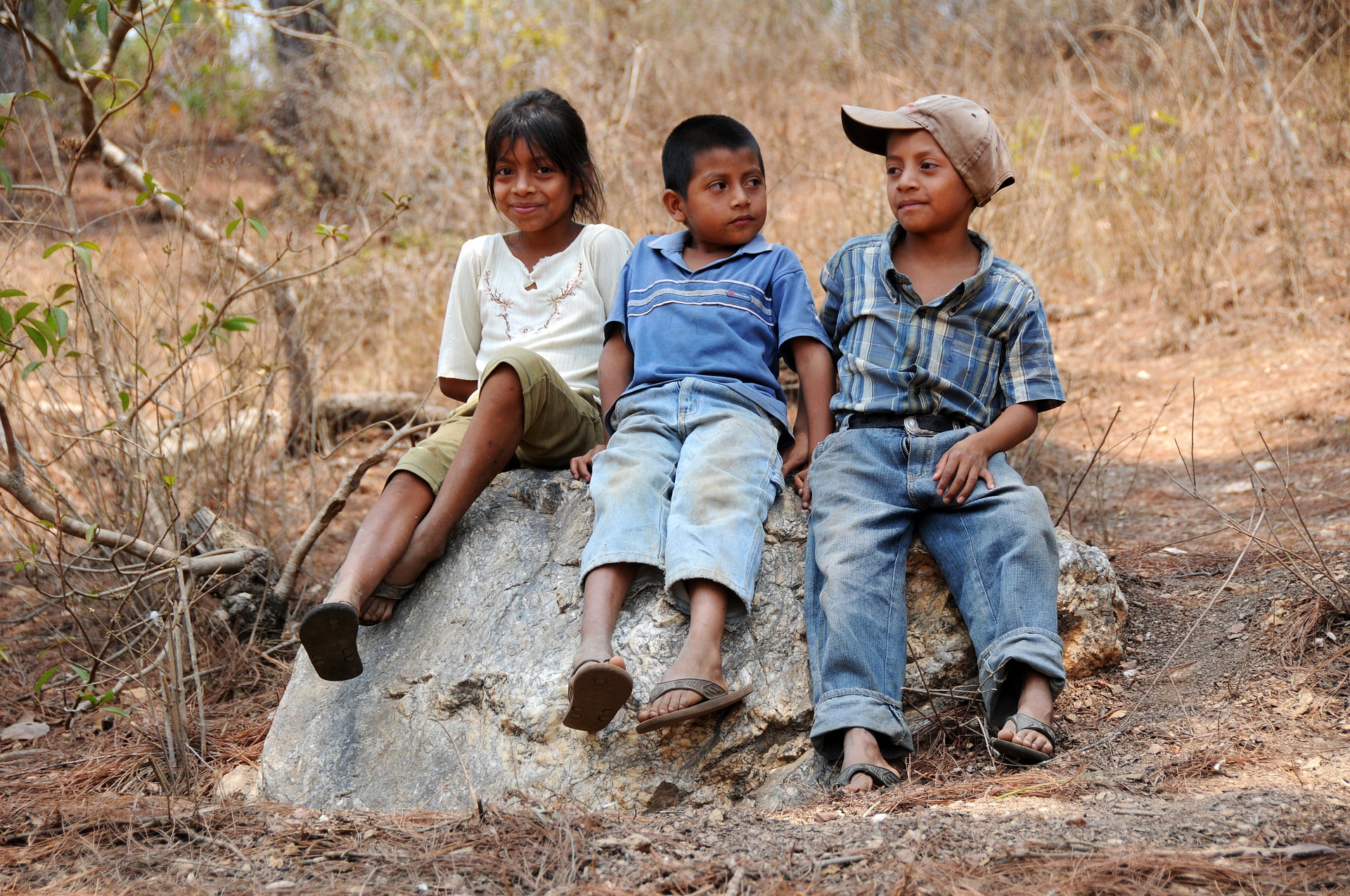
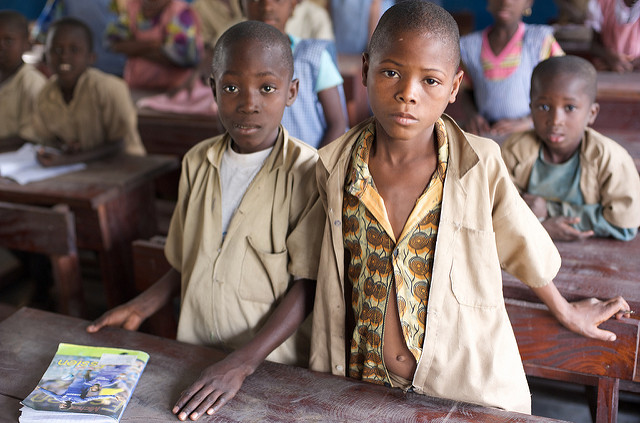 Africa is the only continent in the world in which poverty and malnutrition are on the rise. In a vast country with an undiversified economy, Malian households are especially vulnerable to poverty food insecurity.
Africa is the only continent in the world in which poverty and malnutrition are on the rise. In a vast country with an undiversified economy, Malian households are especially vulnerable to poverty food insecurity. 